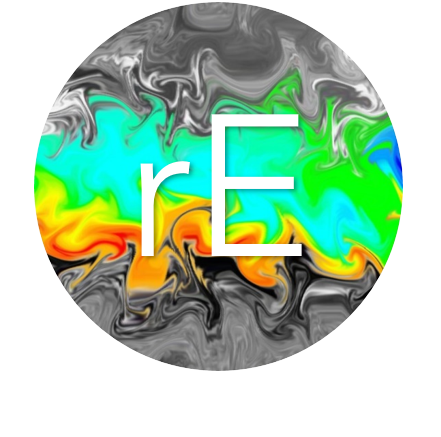When I wrote Activist Engineering: Changing Engineering Practice by Deploying Praxis, I didn’t know when I’d have the opportunity to start experimenting with the ideas expressed in it in practice. I was thoroughly enthralled by the prospect of spending more than a few years in Washington, DC, and working with passionate people to push the federal government to be the force for the public good it can be. My experiences at the US Environmental Protection Agency and the US Department of Energy put me in touch with people deeply committed to protecting the environment and serving the public good. But my search for something long-term put me in touch with the amazing Dan Sarewitz, who led me—unexpectedly—to Arizona State University’s School for the Future of Innovation in Society and The Polytechnic School. I never thought I’d live in Arizona. I didn’t expect to be an academic, at least right now.
A little over one year on in the Sonoran Desert, and I count my blessings. The ideas in Activist Engineering have been in some part of my head for years, and now I’ve been given the opportunity to scatter many project seeds in the hope that some bloom into working examples of those ideas. Some of the questions going through my head are: Why, in the richest country in the world, is there endemic poverty, and how might addressing issues of energy and climate change be tied to it? Can we take a systems approach to addressing environmental, energy, and climate justice? How can we create a movement of scientists and engineers that works on issues of justice? How can we provide graduating engineers with good-paying job opportunities in peace, social justice, and environmental protection? If we had the opportunity to redesign the US Environmental Protection Agency, what would we actually do? What might it look like if there were advanced projects in peace as opposed to defense? How can we accelerate community-based engineering work in addressing climate change? And, fundamentally (inspired by Science for the People), Why are we engineers? For whom do we work? What is the full measure of our moral and social responsibility?
In the newly-formed lab re-Engineered, these questions are at the heart of imagining and creating an engineering profession that centers ideas of peace, social justice, and ecological holism. To answer the questions above in their fully complexity, and to ask better questions moving forward, will take the talents of many different kinds of people. That’s why no one in re-Engineered is like anyone else in the group. This blog will document our thoughts, processes, findings, suggestions, successes, and failures as we build re-Engineered.
I’m excited to let you know about our first public conversation, spun off of this essay on engineering and new US-Mexico border walls, which is called When Mental Walls Lead to Physical Walls. Up for First Friday in Downtown Phoenix (@ 2nd St. and Garfield) on April 6, between 6-11 pm, the installation is designed to \bring to the surface of people’s minds the simple fact that the built world they live in and the technologies woven into our social fabric don’t magically appear, but are instead the outcomes of focused thought, design, politics, and resources (like money and materials), all of which find a home in the process of engineering. Here is a little blurb about it:
Engineers have helped design and build the world you live in. Engineers and engineering are behind your phone, your home, and your ability to navigate life. Using the current debate around border walls between the US and Mexico, this interactive public art installation intends to create a conversation highlighting the role of engineers and companies in building objects and structures that have significant long-term social, political, economic, and environmental implications. It asks the public to consider important questions like, What is the social responsibility of engineers in society? And, Who do and who should engineers work for? Come, experience, and share your thoughts.
We’re expecting thousands of people to see the installation (an unfinished version of which is below), think about what it signifies, and talk to others about it. Pictures and reflections from First Friday to come in the next post.

~darshan

Pingback: When Mental Walls Lead to Physical Walls: Thoughts on the Design « re-Engineered: blog